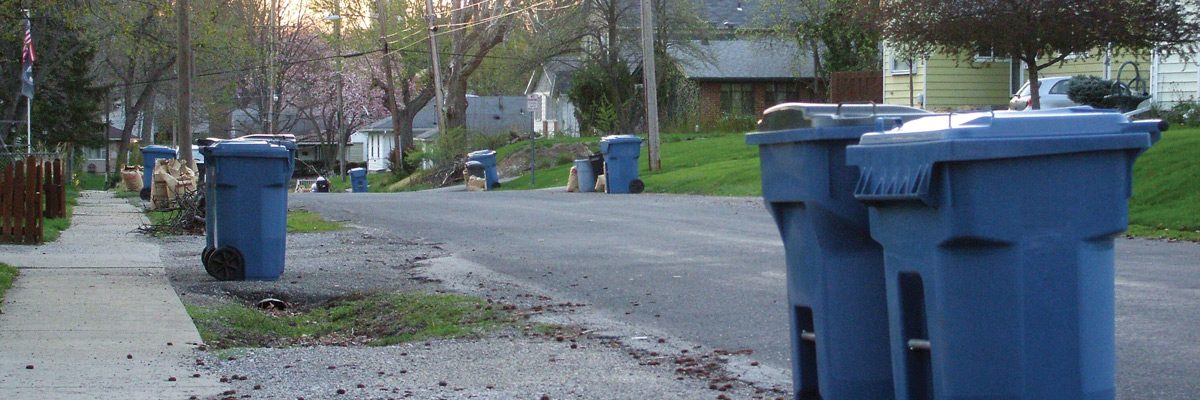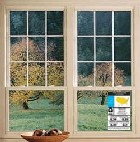I am just posting these tax credits so people will know. I question why someone would buy a standard water heater when Solar water heaters are not that much more and are free over the life of the system (like forever).
http://www.energystar.gov/index.cfm?c=products.pr_tax_credits#c4
| Water Heaters | Gas, Oil, Propane Water Heater | Energy Factor >= 0.82 or a thermal efficiency of at least 90%. |
30% of cost, up to $1,5002 | All ENERGY STAR gas tankless water heaters will qualify.There are currently no ENERGY STAR qualified gas storage tank or gas condensing water heaters that qualify.View ENERGY STAR criteria for water heaters.For a partial list of qualifying products go to: Air-Conditioning, Heating, Refrigeration Institute (AHRI) |
| Electric Heat Pump Water Heater | Same criteria as ENERGY STAR: Energy Factor >= 2.0 | 30% of cost, up to $1,5002 | All ENERGY STAR electric heat pump water heaters qualify for the tax credit. |
:}
Of the above I like tankless and electric heat pump water heaters. Tankless I like the best:
http://www.rheemtankless.com/content/tankless/rheem/Residential.shtml
-
NEW 66 Direct Vent tankless model available
- Temperature range from 85° to 140°
- Great for homes with 2 to 3 bathrooms
- Same great compact design
- Gas inputs ranging from 11,000 to 180,000 BTUH, fully modulating
- Adjustable for optimal use between sea level an 9,840 feet
- 12-Year heat exchanger warranty
- 5-Year limited parts warranty
- 1-Year limited warranty
- click here to learn more
-
Indoor and Outdoor Models Available (Applies to 53, 66, and 74 units after 7.1.08)
- Available in Natural Gas and LP Models 12-Year Limited Warranty on Heat Exchanger *
- 5-Year Limited Warranty on Parts *
- 1-Year Limited Service Warranty
- Continuous hot water
- Energy saving design
- Compact, space saving design
- Intelligent electronic controls and sensors
- Self diagnostic program
- Digital display shows temperature setting and maintenance codes
- Exclusive sensing burner technology
- Exclusive film wrap overheat limiter
- Built-in electric blower
- Indoor units use Category III stainless steel vent
- Indoor models supplied with a 120 Volt power cord
- Low NOx emissions meet SCAQMD rule 1146 requirements
- A remote control thermostat is included with all models (100 F – 140 F setpoint range) Requires 18 AWG, 2 conductor thermostat wire for remote control connection. Wire not included.
- Optional additional remote controls are available
:}
Or:
http://www.noritz.com/homeowners/products/
|
NOTE: Noritz America does not offer fuel oil or electric tankless water heaters. PLEASE CLICK ON HEATER IMAGES FOR MORE DETAILS. Noritz tankless gas water heaters are designed and manufactured with 3 key factors in mind: 1. Energy savings 2. Space Savings & Durability 3. Safety & Assurance
Noritz offers RESIDENTIAL and COMMERCIAL tankless gas (NG & LP) water heaters for 1 – 5 showers. Noritz heaters are also linkable (via Quick-Connect or Multi-System) up to 24 units. We also have the NH series which is specifically designed to heat homes. The NH series can be use for such applications as floor heating, baseboards, radiators and driveways.
Noritz is the manufacturer and therefore do not offer installation services. We rely on our trained installers to offer their professional services and workmanship. Each home is different and unique so the installation price will range depending upon the amount of additional parts and labor involved. Here are some factors that will affect the installation price: Installation location (attic, basement, garage, outdoors, relocation, etc.), Venting pieces (direct vent, vertical, horizontal, etc.), Gas line upgrade (3/4″ gas line from gas meter), and Accessories (service valves, ScaleShield, etc). |
:}
Electric Heat Pump Water Heater? Kind of a weird use of technology. I won’t say over kill but it is like a car that can turn into a boat. I f you are going to go geothermal why not go all the way..?
http://www.toolbase.org/Technology-Inventory/Plumbing/heat-pump-water-heaters
 Heat pumps have traditionally been used for space conditioning, but are now also being used for electric water heating. They are usually three times more efficient than electric resistance water heaters–meaning that they can produce the same amount of hot water for one-third the amount of electricity. Stand-alone heat pump water heaters (HPWH), which are described here, are different from heating and cooling heat pump systems that have integrated water-heating capability.
Heat pumps have traditionally been used for space conditioning, but are now also being used for electric water heating. They are usually three times more efficient than electric resistance water heaters–meaning that they can produce the same amount of hot water for one-third the amount of electricity. Stand-alone heat pump water heaters (HPWH), which are described here, are different from heating and cooling heat pump systems that have integrated water-heating capability.
There are four basic types of stand-alone HPWH. The heat pump can be integrated with or separate from the hot water storage tank, and cool exhaust air can be exhausted to the room or to the outdoors (see Figures). Because HPWH take heat from the surrounding room air, they cool and dehumidify a space. This is a benefit during the cooling season and a drawback during the heating season.
An add-on HPWH can be used to convert an electric resistance water heater into a heat pump water heater. The optimum locations would be in a utility room, garage or basement; the unit requires air circulation to work effectively.
A typical residential HPWH can heat 15 gallons of water per hour by 80°F, with a final storage temperature between 120°F and 140°F. At the same time, a HPWH provides some room cooling. During the heating season, this incidental cooling increases space heating needs.
A typical residential HPWH draws less than one-third the power of a standard electric resistance heater. Some HPWH models only require 110v electricity, making them ideal for the “do-it-yourself” home owner.
:}
More tomorrow if I don’t kill myself first
http://www.youtube.com/watch?v=wMD7Ezp3gWc
:}




















